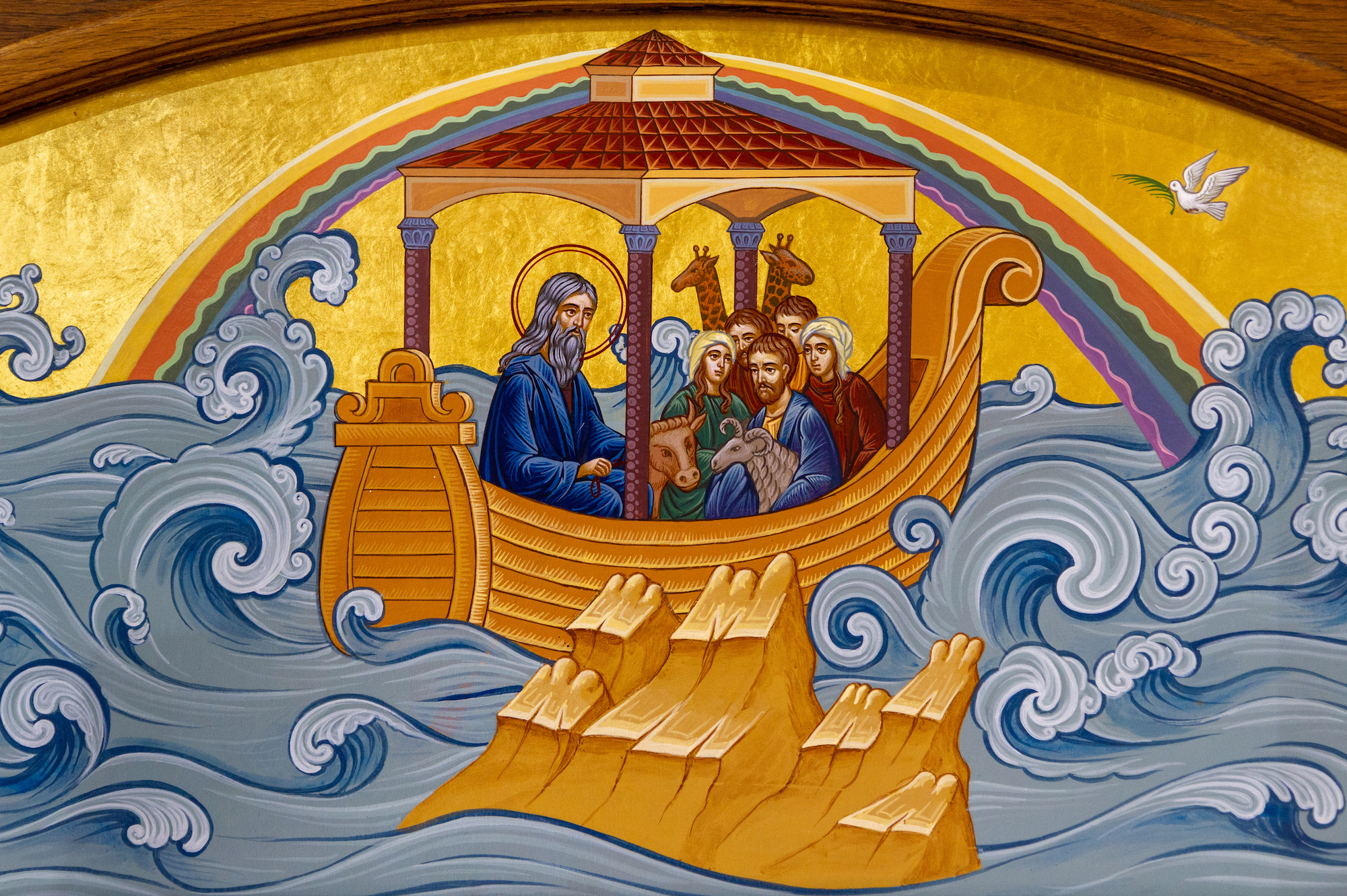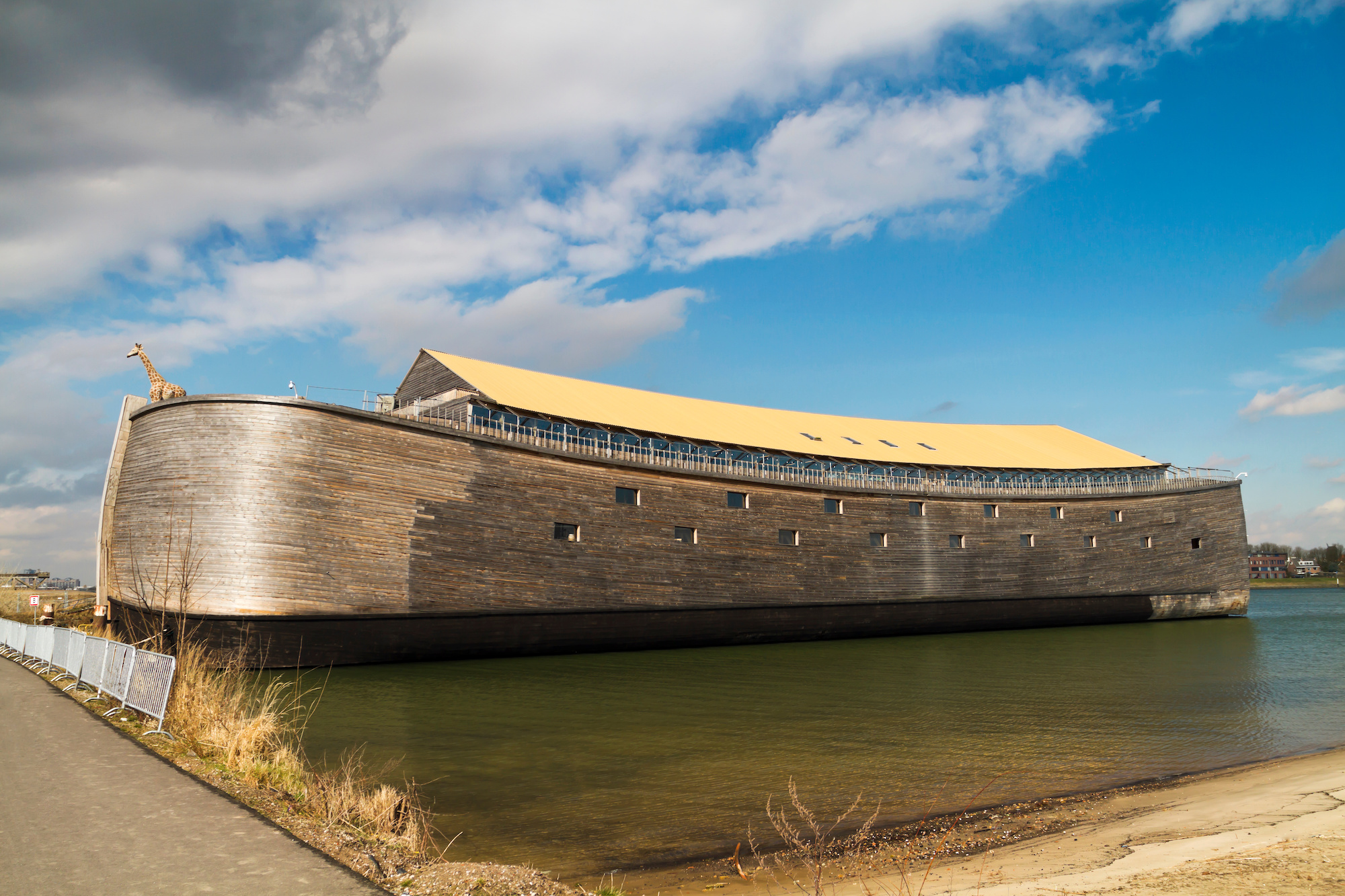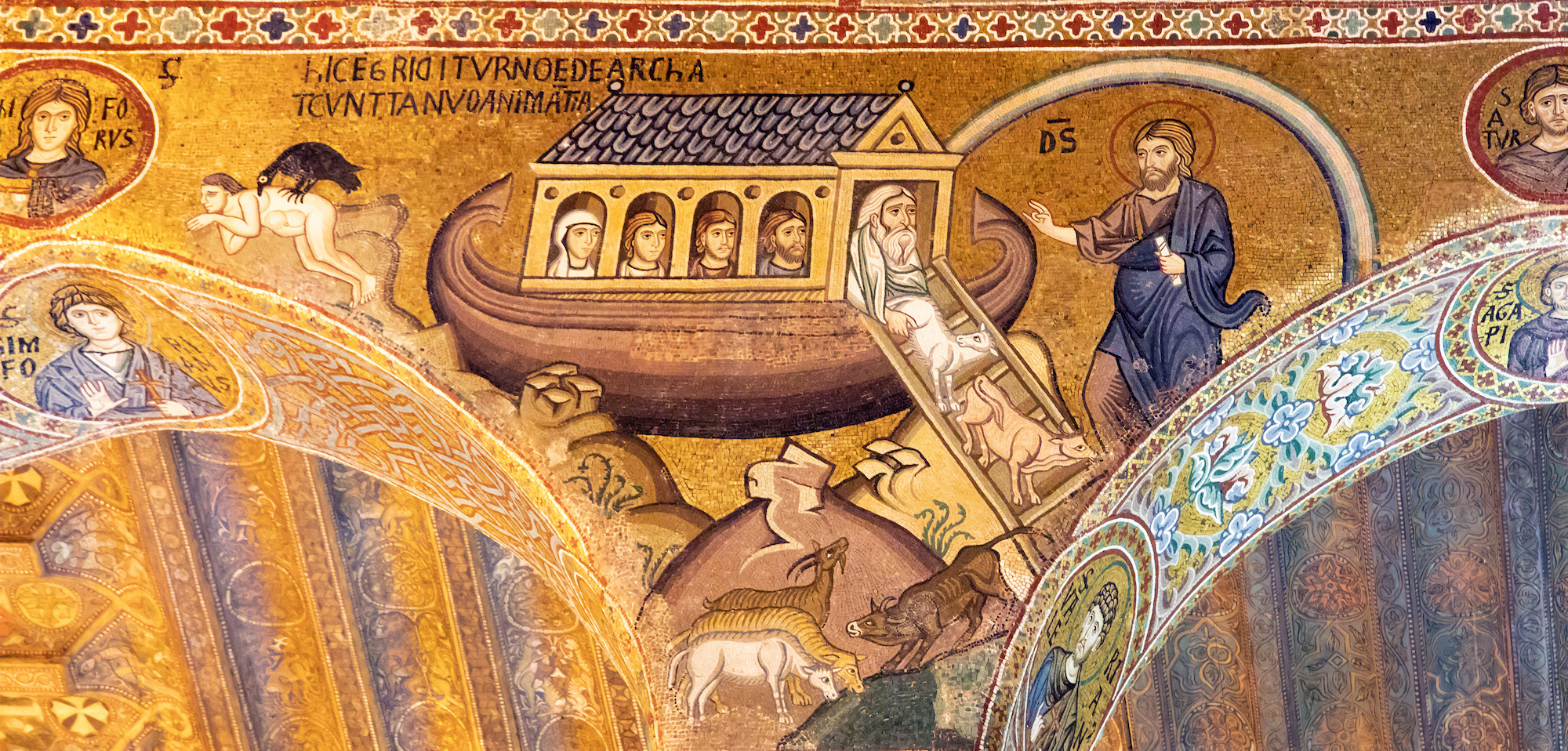
The story of Noah is one that continues to fascinate many generations and religions. It’s 8-day lasting ark ride, the disturbance of animal order, the supernatural nature of a flood – it’s an iconic tale! But there are plenty more interesting facts about this incredible figure that most don’t realize. From his unusual age at death to even stranger animals brought onboard the ark, you won’t believe what lies in store! Read on as we explore 32 remarkable facts from Noah’s life and legacy.
Noah’s Life and Times
Noah’s Name: In Hebrew, Noah’s name (נֹחַ) means ‘rest’ or ‘comfort.’ This name was prophetic, as Noah’s father, Lamech, said upon his birth, “This one will comfort us concerning our work and the toil of our hands, because of the ground which the Lord has cursed” (Genesis 5:29).
Noah’s Longevity: According to the Bible, Noah lived to be an astonishing 950 years old (Genesis 9:29). This longevity makes him one of the longest-lived patriarchs in the Old Testament.
Noah’s Righteousness: Noah is described as “a just man, perfect in his generations. Noah walked with God” (Genesis 6:9). His righteousness set him apart in an age characterized by wickedness and violence.
The Ark and The Great Flood
Divine Instruction: Noah was commanded by God to construct an ark, a massive ship-like structure, to preserve life during a catastrophic flood. He was provided with specific dimensions and materials for the ark (Genesis 6:14-16).
Ark’s Dimensions: The ark was 300 cubits long, 50 cubits wide, and 30 cubits high. Using the Hebrew long cubit of 20.4 inches, the ark would be 510 feet long, 85 feet wide, and 51 feet high.
Construction Time: It’s traditionally believed that it took Noah 120 years to build the ark. However, the Bible does not provide a specific duration for the construction.
Ark’s Occupants: The ark was designed to accommodate Noah’s family and a pair (male and female) of every kind of creature, both clean and unclean, as well as all the food they would need (Genesis 6:19-21).
Seven of the Clean: Interestingly, of every clean beast and bird, Noah was instructed to take seven pairs, possibly to ensure their survival for sacrificial offerings and for repopulating the earth (Genesis 7:2-3).
The Great Flood: The Bible narrates that it rained for 40 days and 40 nights, causing a flood that covered even the highest mountains on Earth. Every living thing on the surface of the earth was wiped out, except for those in the ark (Genesis 7:12, 23).
Post-Flood Duration: After the rain stopped, Noah and his family had to wait for the waters to recede. They ended up living in the ark for more than a year, a total of 377 days from the time they entered until they exited.

Post-Flood Life and Legacy
First Vineyard and Winemaker: After the flood, Noah became a man of the soil and planted the first vineyard. He made wine, becoming the first recorded viticulturist and winemaker (Genesis 9:20).
Rainbow Covenant: After the flood, God made a covenant with Noah and all living creatures, promising never to destroy the earth by flood again. The rainbow was given as a sign of this covenant (Genesis 9: 13-15).
Ham’s Indiscretion: Noah’s son, Ham, found Noah drunk and uncovered in his tent. Instead of covering his father, Ham told his brothers about their father’s state. This resulted in Noah cursing Ham’s son, Canaan, to be a servant of his brothers (Genesis 9:20-27).
Noah’s Death: Noah lived 350 years after the flood. At the age of 950, he died, marking the end of an era (Genesis 9:28-29).
Descendant of Enoch: Noah was the great-grandson of Enoch, who “walked with God; then he was no more, because God took him away” (Genesis 5:24). This could explain Noah’s righteousness in an age of wickedness.
Ancestor of Abraham: Noah’s son, Shem, was an ancestor of Abraham, the patriarch of the Jewish people and a key figure in Christianity and Islam (Genesis 11:10-26).
Noah’s Ark in Pop Culture and Modern Times
Universal Flood Myths: Stories of a great flood and a family saved in a boat are found in various cultures worldwide, such as the Mesopotamian Epic of Gilgamesh and the Hindu story of Manu.
Ararat Anomaly: Many believe Noah’s Ark rests on Mount Ararat in modern-day Turkey. Satellite images revealing an “Ararat Anomaly” have fueled this speculation, although no definitive evidence has been found.
Ark Encounter: A life-sized replica of Noah’s Ark exists in Williamstown, Kentucky, USA. It is part of the Ark Encounter theme park and measures 510 feet long, 85 feet wide, and 51 feet high, as per the dimensions given in the Bible.
Noah in Film: Noah’s story has inspired several films, including the 2014 blockbuster “Noah,” starring Russell Crowe.

Noah in Other Abrahamic Religions
Noah in Islam: In Islam, Noah, or Nuh, is a prophet and messenger of God. The Qur’an contains a Surah (chapter) named after him, detailing his preaching against idolatry, the building of the ark, and the great flood.
Noah in the Baháʼí Faith: The Baháʼí writings regard Noah as a prophet who had a distinct covenant with God and fulfilled specific prophecies.
Scientific Perspectives on Noah and the Ark
Debate over Global or Local Flood: Some scientists and theologians argue that the flood could have been a local event, affecting just the region where Noah lived, rather than a global catastrophe.
Search for the Ark: Despite numerous expeditions to Mount Ararat and surrounding areas, there is currently no confirmed scientific evidence for the existence or location of Noah’s Ark.
Genetic Bottleneck Hypothesis: Some suggest that the biblical flood story may reflect a real genetic bottleneck event in human history, with a small population surviving a disaster and repopulating the earth. However, this theory remains highly controversial.
Questions of Feasibility: Many questions have been raised about the feasibility of Noah’s Ark, considering the number of animal species, their dietary and habitat requirements, and the logistical challenges of building and stocking such a massive structure with ancient technology.

The Symbolism and Lessons of Noah’s Story
Symbol of Salvation: For many believers, Noah’s Ark represents salvation and God’s mercy, as Noah and his family were saved from the destructive flood due to their obedience and righteousness.
Symbol of Judgment: On the flip side, the story of Noah also serves as a stern warning about God’s judgment and the dire consequences of human wickedness.
Environmental Interpretations: Some modern interpretations view the story of Noah as a call for environmental stewardship, arguing that Noah’s role as the preserver of animal species underscores the importance of biodiversity and conservation.
Lessons of Faith and Patience: Noah’s unwavering faith in God’s promise and his patience during the long period of the flood are viewed as virtues to be emulated.
Noah in Art and Literature
Depictions in Art: Noah, the ark, and the animals have been popular subjects in Christian and Islamic art, featuring in illuminated manuscripts, frescoes, and stained glass windows.
Noah in Literature: Noah’s story has been reimagined in numerous works of literature, from ancient texts like the Epic of Gilgamesh to modern novels like Madeleine L’Engle’s “Many Waters.”
Final Word
It’s amazing to think about how much Noah’s story has left an enduring legacy throughout the years! From mysterious facts like his exceptionally long life span and bizarre creatures on the ark, it is no wonder that this figure continues to fascinate us. However strange this biblical story may appear in hindsight, those 32 unknown facts lead to more questions than answers. Are those incredible fowls real animals or symbolic of something else? Was Noah really 600 years old when he entered the ark? To answer these and more perplexing inquiries, we must look further back through history for clues. Such curiosity is what keeps us hooked as listeners today – and maybe beyond!
Was this page helpful?
Our commitment to delivering trustworthy and engaging content is at the heart of what we do. Each fact on our site is contributed by real users like you, bringing a wealth of diverse insights and information. To ensure the highest standards of accuracy and reliability, our dedicated editors meticulously review each submission. This process guarantees that the facts we share are not only fascinating but also credible. Trust in our commitment to quality and authenticity as you explore and learn with us.
